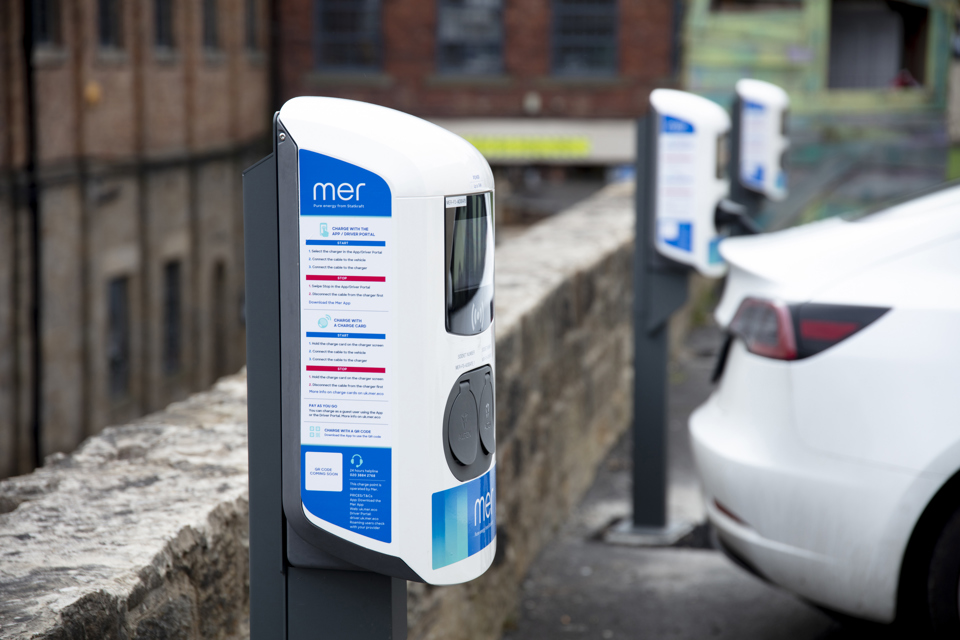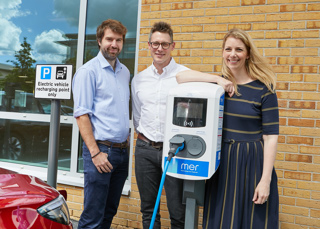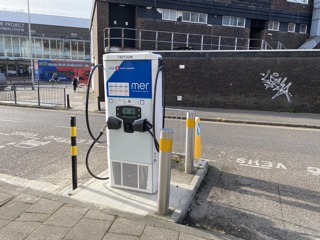Mer says that many fleet operators are surprised by how little spare capacity is available from their local grid, forcing them to re-evaluate their electrification strategies.
With fleet operators leading the way in the transition to electric vehicles (EVs), says Simon Tate, sales director at Mer UK, their plans are increasingly being frustrated by the available energy at each depot.
“Many older sites were simply not designed and built with the grid infrastructure needed to support a substantial number of EVs,” he explained. “The infrastructure is improving but it’s not there yet.”
Tate says this was not a problem in the early stages of electrification, when perhaps only a handful of EV charging points were required at each workplace.
However, he said: “The next phase of mass adoption is really testing grid capacity, and too often it is found wanting.
“These problems can be overcome, but you need the right mix of solutions to do so. It is therefore really important for every fleet manager to understand what energy is available on site and how to optimise it, in order to make truly informed decisions on your EV roll-out.”
Mer provides site surveys to identify energy capacity and says it can identify ways to get around limitations, through its load balancing technology.
Load balancing is when a network of charging points shares available power to ensure all vehicles can still be charged, albeit at slower rates.
It is a far more cost-effective option than paying for a grid infrastructure upgrade, says Mer.
Site surveys, grid capacity and load balancing are all covered in a new free publication, the Complete Fleet Manager’s Guide to Electrification.
Created by Mer to help fleet managers better understand how to electrify their fleets, it also includes information on how to procure the right chargers for each site, how to bring home charging into the mix, and how to efficiently manage a charging network.
“Fleet managers are not energy experts and they shouldn’t have to be,” concluded Tate. “However, it’s vital that they get their EV infrastructure right first time. Working with an expert partner like Mer can ensure that grid constraints don’t act as a speed bump as fleets accelerate the transition to EVs.”






















Login to comment
Comments
No comments have been made yet.